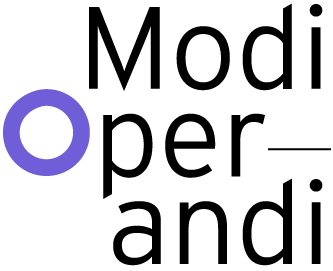NARRATIVE SHIFTS
Finally, the question I am posing is how the issues related to the void as a technique, which Pizzagalli has analysed in his project, could become the subject of an architectural investigation that critically affects the construction of the city. The map of London after the Great Fire of 1666, which Pizzagalli presents in his introduction, is a powerful analogy for what happens within today’s city. Abandoned infrastructures, vacant open spaces, fragments of agricultural land and former industrial sites are some of the most relevant features of contemporary urban space. They are the residual products of different processes or events through which the form of the city is reorganised in space. In greater metropolitan areas, the residual voids produced by the transformation of the city take on considerable dimensions and proportions. Like a cross-section, they reveal the profundity of history through their morphological depth; they expose the successive stratifications and fractures produced by transitions between various forms of city and society. Nevertheless, in the absence of a comprehensive political vision of the city, in recent years the destiny of such spaces has been pragmatically left to the urban market or, in other words, to their condition as vacant spaces waiting to be filled. But how should the otherness of these voids be considered from an architectural point of view? Should these spaces be considered in their singularity and uniqueness, simply as isolated opportunities to build exemplary architectures?
A different reading can be suggested. I propose to observe derelict and residual areas from a distance: from a point where one can comprehend the critical mass they create within the fabric of the city. A distant viewpoint would easily reveal that a void is not always an exceptional space, but in many cases the dominant feature of the major metropolitan areas. The void generates a counter-image of the city, made from patterns of continuity and repetition which allow the creation of open spaces that interweave with the built environment, or new relationships between diverse fragments of the city’s fabric. From this perspective, the relevance of the wasteland voids produced by urbanisation and their effect on the structure of the city are issues still to be explored.
What is at stake here is, once again, the cognitive function of architectural language, which can be seen as analogous to the narrative process, in the shape of a tool that brings intelligible form to reality. But given that the contemporary city has become an extended urbanised realm, this implies remapping and, if anything, enlarging the ‘field of architecture’, its materials, its categories and its aims: a narrative that shifts its focus from the building as an object and expressive unicum to an expanded field of relationships involving all of a region’s natural and man-made components.
